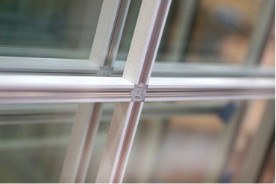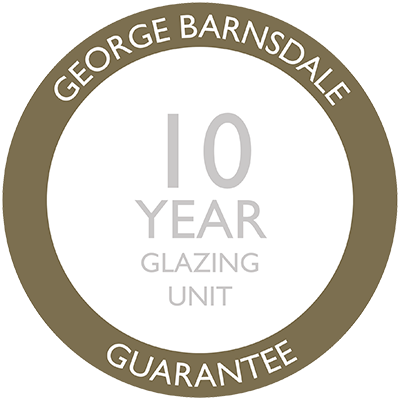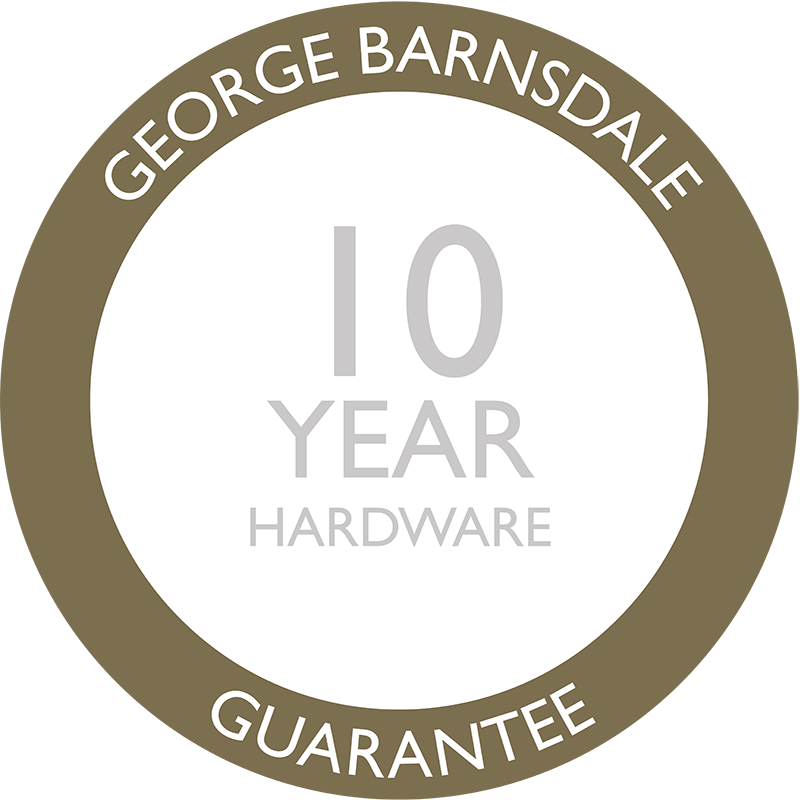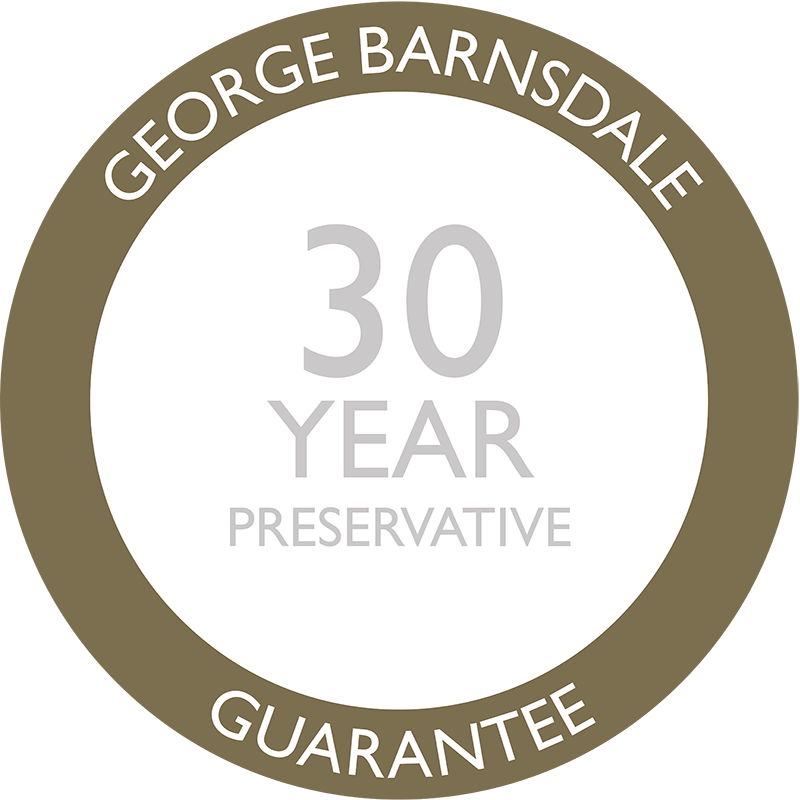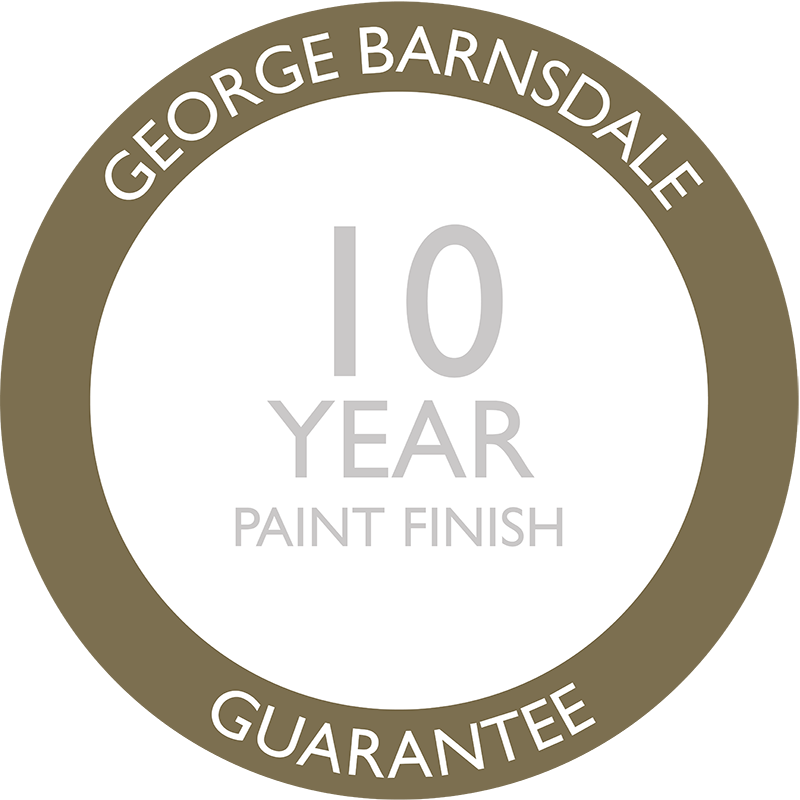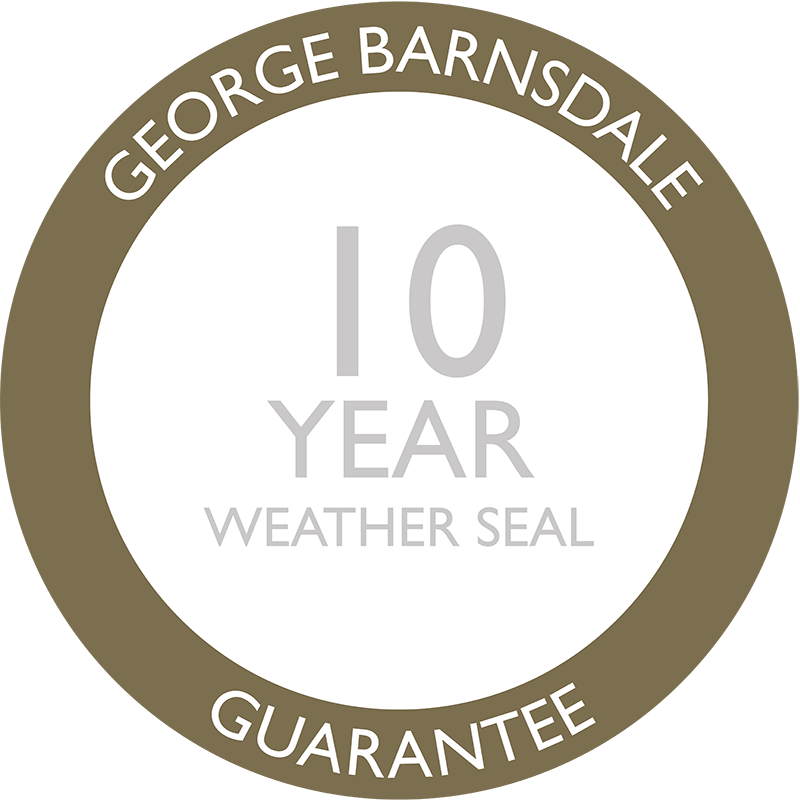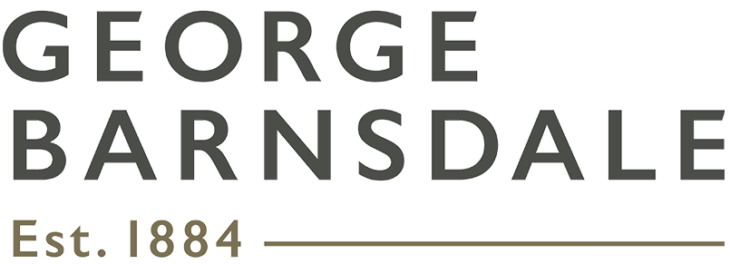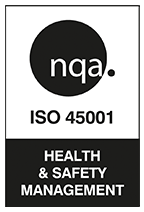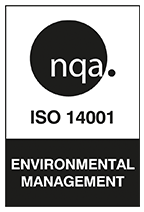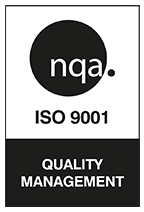May 9, 2023
The Future Buildings Standard which is looming over the horizon in 2025 is likely to mean a big increase in the use of triple glazing to meet the lower U-values that will be required. However, specifiers are starting to consider vacuum glazing as an alternative, due to its slim profile and comparable performance. With factors like triple glazing cost and the disadvantages of triple glazing coming under scrutiny, many are weighing up whether the higher vacuum glazing cost is worth it. But which is better? Well, it depends.

What does the Future Buildings Standard say about U values?
The Government has outlined its plans to deliver a “zero carbon ready” building strategy through its Future Buildings Standard. It aims to ensure that no new buildings from 2025 will require further retrofitting, with an uplift in energy efficiency standards, improved ventilation and requirements to mitigate overheating in residential buildings. A start was made on this last year with the changes to building regs and parts F, L and O which we have covered in previous blogs .
Following public consultation, a National Building Specification has been developed, setting out more stringent requirements for thermal performance.
Window U-values will need to be reduced from 1.2 W/m²K to 0.8 W/m²K, while doors (where more than 60% glazed) must achieve 1.0 W/m²K, down from the current 1.2 W/m²K.

This is likely to lead to triple glazing becoming the norm in most windows for new buildings or retro fits that want to achieve the highest performance.

What is triple glazing?
Very simply, triple glazing is an extra pane of glass added to the two used in double glazing but the benefits can be great. Up to now, many of our clients have opted for triple glazing in areas where they require high acoustic performance, with this comes much better thermal performance, saving money on fuel bills.
However, it’s important to weigh up the disadvantages of triple glazing, such as the added weight and higher triple glazing cost, particularly when comparing it to more modern alternatives like vacuum glazing. While vacuum glazing cost can also be a consideration, it offers better performance in a slimmer profile, making it ideal for heritage or listed properties.
What are the advantages of triple glazing?
Thermal performance
One of the most significant benefits of triple glazing is its ability to drastically reduce heat loss. With three panes of glass and two insulating cavities, triple glazing delivers much lower U-values compared to double glazing.
This helps your home retain heat more efficiently, resulting in lower energy bills and greater comfort during colder months. It also ensures compliance with evolving regulations such as the Future Homes Standard.
Exceptional acoustic insulation
The extra pane of glass and wider spacing in a triple-glazed unit significantly improve its ability to block sound. Whether you live near a busy road, airport, or in a lively neighbourhood, triple glazing helps create a quieter indoor environment. This can be especially beneficial in bedrooms or home offices where noise reduction is a priority.
Bolstered home security
Triple glazing provides a thicker barrier against break-ins. The additional glass layer makes the unit harder to break, and when combined with secure frames and locking systems, it offers an extra layer of protection for your home and family.
Reduction in internal condensation
Condensation often forms on windows when warm indoor air meets a cold surface. Triple glazing keeps the inner pane warmer, reducing the likelihood of condensation building up on the glass. This helps maintain a healthier indoor environment and protects window frames from potential moisture damage.
What are the disadvantages of triple glazing?
Higher upfront cost
One of the main disadvantages of triple glazing is its cost. While it’s more affordable than cutting-edge options like vacuum glazing, it still comes at a premium compared to double glazing. The increased material, production complexity, and installation demands all contribute to the higher price tag, which may not always be justifiable in milder climates.
Heavier weight & bulkier frames
Due to the third pane and larger air gaps, triple-glazed units are noticeably heavier. This requires reinforced frames and stronger fixings, which not only increase costs but also result in chunkier profiles. For some properties, especially period or listed buildings, this can be a drawback in terms of visual compatibility.
Less refined aesthetics
Some homeowners prefer the slim, minimalist appearance of single or double-glazed windows. Triple glazing, with its thicker profile and deeper frames, can appear bulkier and may not suit every architectural style. For properties where appearance is a top priority, this could be a limiting factor.
Reduced solar heat gain
Although triple glazing insulates better, it also reduces the amount of solar energy that enters your home. This means it’s less effective at harnessing passive heat from the sun during colder months. While this is a positive in summer, it may slightly increase heating demand in winter, particularly in homes that benefit from south-facing sunlight.
What is vacuum glazing?
Vacuum glazing takes two pieces of glass with a tiny gap (0.1mm in the case of Fineo) and removes the air to create a vacuum.
This ultraslim profile offers quality thermal performance while maintaining the traditional appearance required for heritage or listed properties. Compared to triple glazing, vacuum glazing can achieve similar insulation without the added bulk, making it ideal where frame depth is limited.
While both options improve efficiency, triple glazing cost has its potential drawbacks, such as added weight and reduced light transmission, which can be a concern for period homes. Vacuum glazing cost may be higher upfront, but for many, the aesthetic and performance benefits outweigh the disadvantages of triple glazing in sensitive restoration projects.

They used to have unsightly plugs where the air was extracted, but the latest technology means this is no longer the case. Ultra-thin from as little as 7.7mm compared to 44mm for triple glazing, it’s great for listed historic properties or new builds looking for a sleek slimmer aesthetic.
What are the benefits of vacuum glazing?
Ultra-thin profile
One of the key benefits of vacuum glazing is its incredibly slim construction, often three to four times thinner than triple glazing. This makes it a perfect choice for listed and historic properties where maintaining traditional aesthetics is essential. The slim profile allows it to fit into original timber frames without compromising the appearance of period features.
Thermal performance
Despite its thin design, vacuum glazing offers insulation levels comparable to triple glazing. Premium units like Fineo achieve U-values as low as 0.7 W/(m²K), exceeding the requirements of the Future Homes Standard. This delivers excellent thermal comfort while preserving the look of older windows.
Greater durability
Unlike double or triple glazing, vacuum glazing contains no gas between the panes, which means there’s nothing to leak or degrade over time. This contributes to a longer-lasting and more stable performance, reducing the need for replacements and ongoing maintenance.
Improved solar gain
Vacuum glazing allows more solar heat to pass through the glass compared to triple glazing. This means you can benefit from passive heating, helping to lower energy bills in cooler months, especially in south-facing rooms.
Lightweight construction
Being significantly lighter than triple glazing, vacuum units are easier to handle and less demanding on window frames. This is particularly helpful when retrofitting older buildings where frame strength may be a limiting factor.
More natural light
With its minimal thickness and low visual obstruction, vacuum glazing allows up to 15% more daylight into a room than traditional triple glazing. This enhances indoor brightness and contributes to a more pleasant living environment.
Environmentally friendly
The benefits of vacuum glazing also extend to sustainability. Its lightweight nature reduces emissions during transportation, and the longer lifespan means fewer replacements, lowering material usage over time. Some vacuum units are also fully recyclable.
Acoustic insulation
Vacuum glazing can provide a strong barrier against external noise. Its structure helps dampen sound transmission, making it suitable for homes near busy roads, railways, or city centres.
Aesthetic advantages
The sleek, refined appearance of vacuum glazing suits both modern and period properties. Its slimline design allows for cleaner sightlines, making it an attractive option for homeowners who prioritise design.
Easier installation
The light and thin design of vacuum glazing simplifies installation, particularly when fitting into existing window frames. This can reduce labour costs and avoid the need for extensive frame modifications.
What are the disadvantages of vacuum glazing?
Higher upfront cost
One of the main disadvantages of vacuum glazing is its price. It is typically the most expensive glazing option available, often more than both double and triple glazing. This is partly due to the lack of UK-based manufacturers and the cost of advanced materials, some of which may include metals like silver.
Lower impact resistance
While vacuum glazing performs well thermally, it can be more fragile than other options. Some designs use microscopic support pillars between the panes, which can concentrate stress points and reduce impact resistance. This makes them potentially more vulnerable in high-traffic areas or homes with young children or pets.
How much does vacuum glazing cost?
The vacuum glazing cost in the UK is typically higher than both double and triple glazing due to the advanced technology and specialist materials involved. On average, vacuum double glazing costs around 35% more than triple glazing and up to 56% more than standard double glazing. This premium reflects its superior thermal performance, ultraslim profile, and longer lifespan.
It’s important to note that prices can vary depending on the size, specification, and manufacturer. While the initial investment may be higher, vacuum glazing can offer long-term savings through improved energy efficiency, reduced maintenance, and enhanced property value, particularly in listed or conservation area homes where aesthetics are crucial.
For an accurate quote, we recommend contacting George Barnsdale with your project details.
*Prices may vary depending on size and spec.
So, which should builders and architects choose in 2025?
Inevitably, it will end up coming down to price in most cases. We predict that most people will opt for triple glazing unless something drastic happens to the price of vacuum glazing, which may happen as the product becomes more popular and their production efficiencies improve. However, for anyone looking to balance the new regulations with heritage detailing, vacuum glass is the option that makes this possible.
We are getting more and more enquiries about vacuum glass from architects and specifiers who like it for its performance and great aesthetic qualities, but often value engineering means they have to fall back on triple glazing.
Tom Wright, MD, George Barnsdale
Contact George Barnsdale Today
If you’re considering upgrading your current windows to make sure that your glazing delivers the perfect balance of performance, aesthetics, and sustainability, our team is here to help. Whether you’re working on a heritage restoration or a contemporary build, we have a range of glazing options, including double and triple glazing, to ensure that you’re getting the best from your windows.
If you’d like to learn more about how we manufacture bespoke timber windows and speak to a member of our team, simply submit an enquiry via our contact page, and we’ll be in touch shortly to discuss your project.
